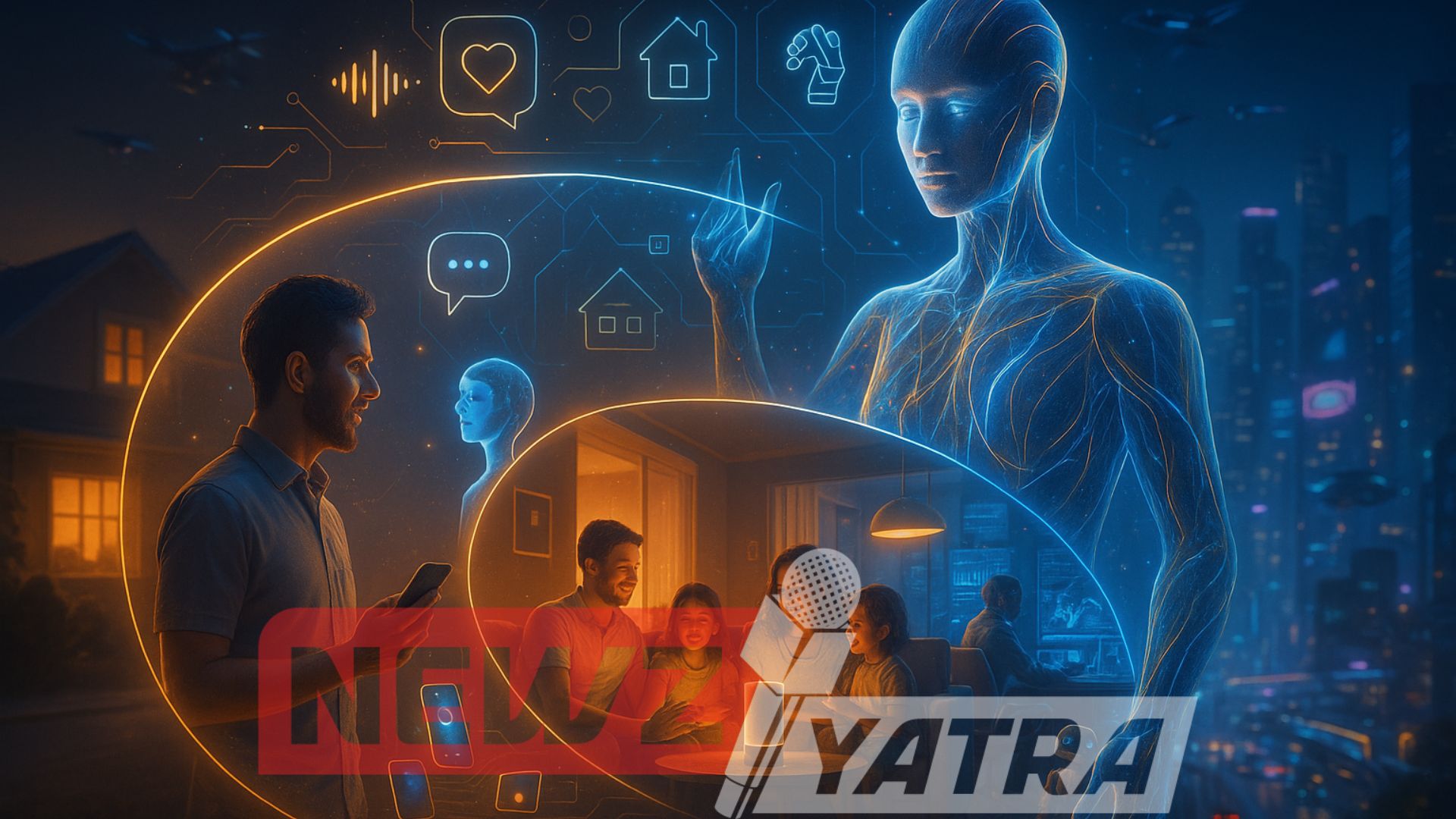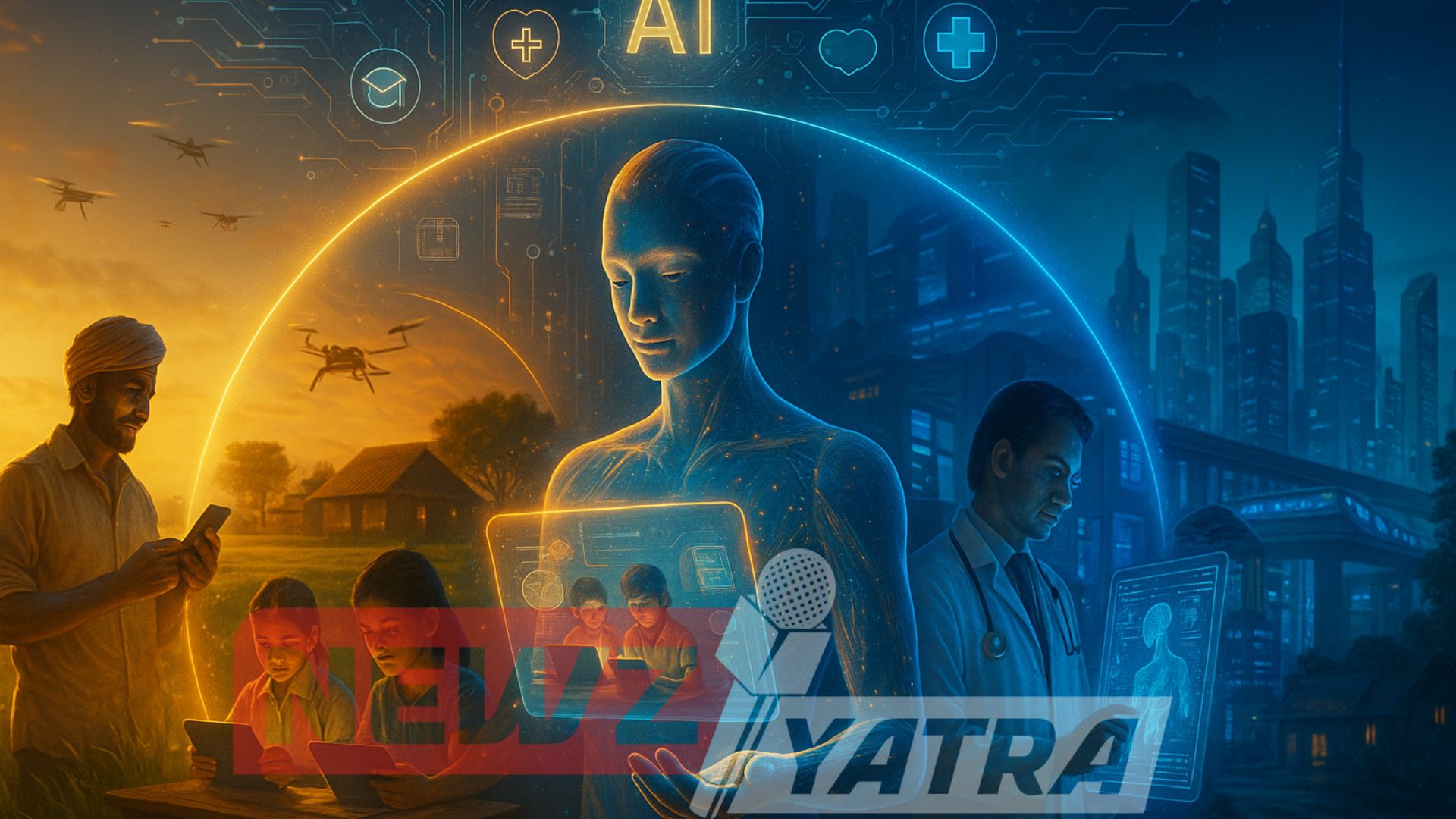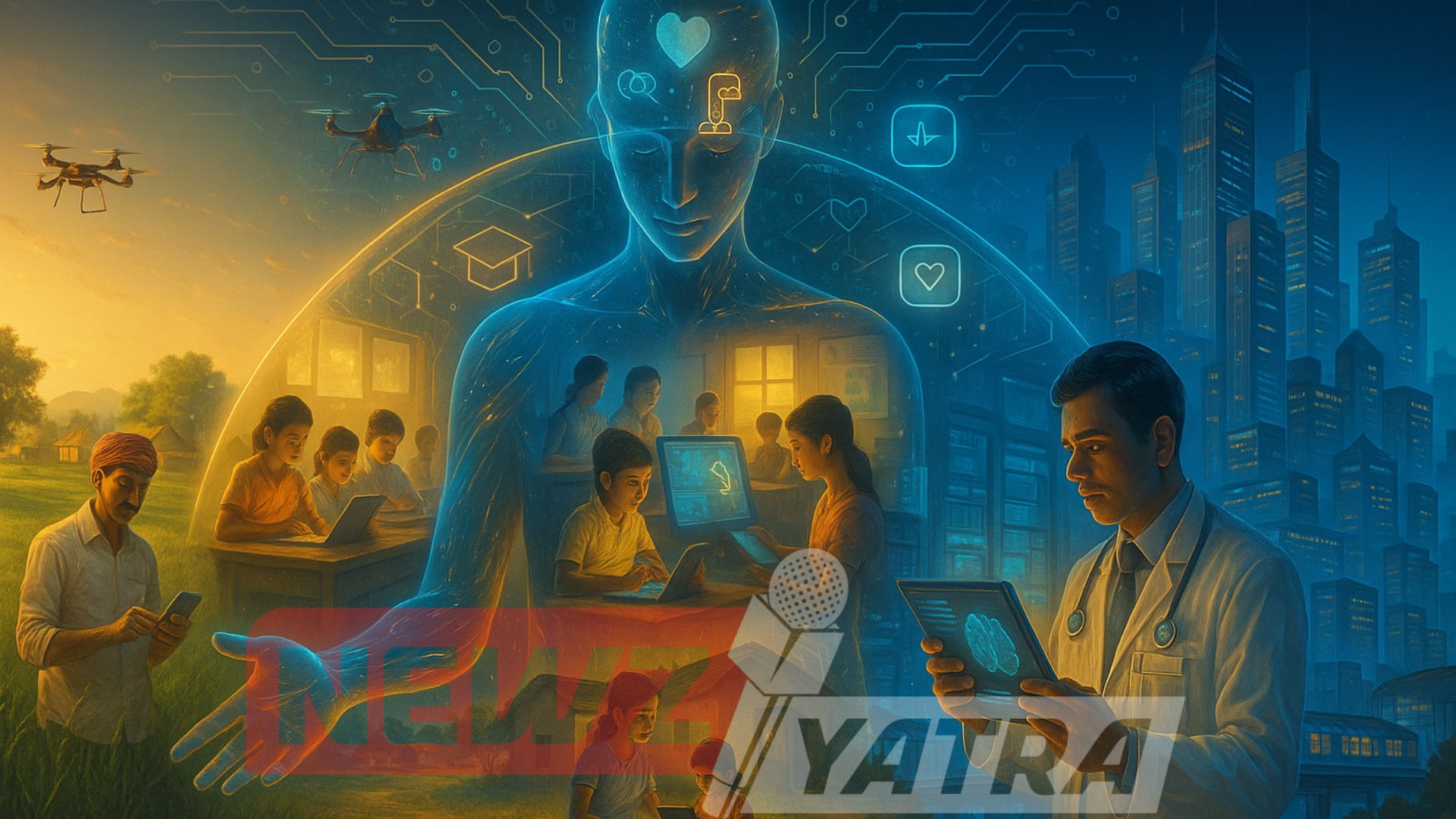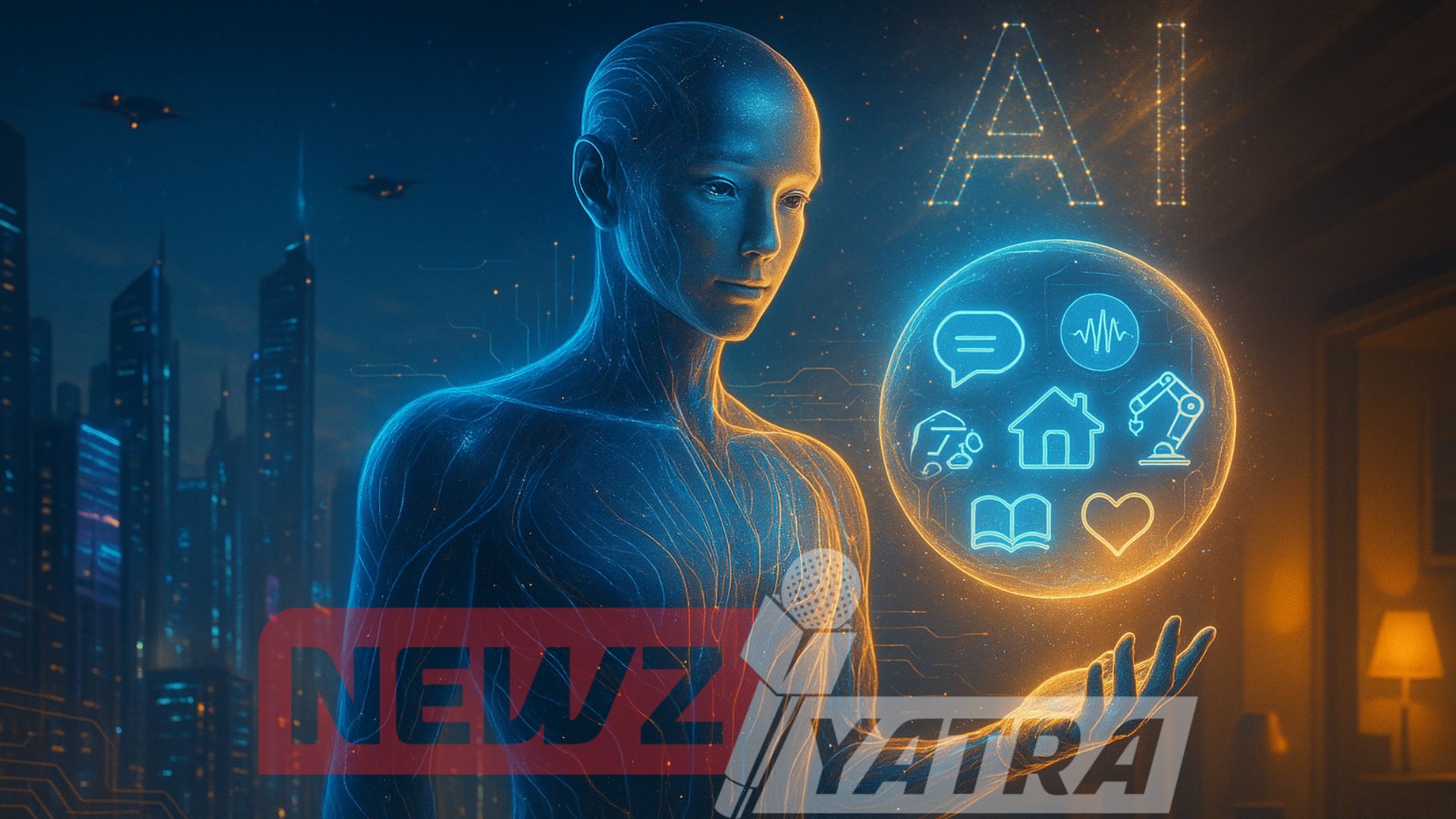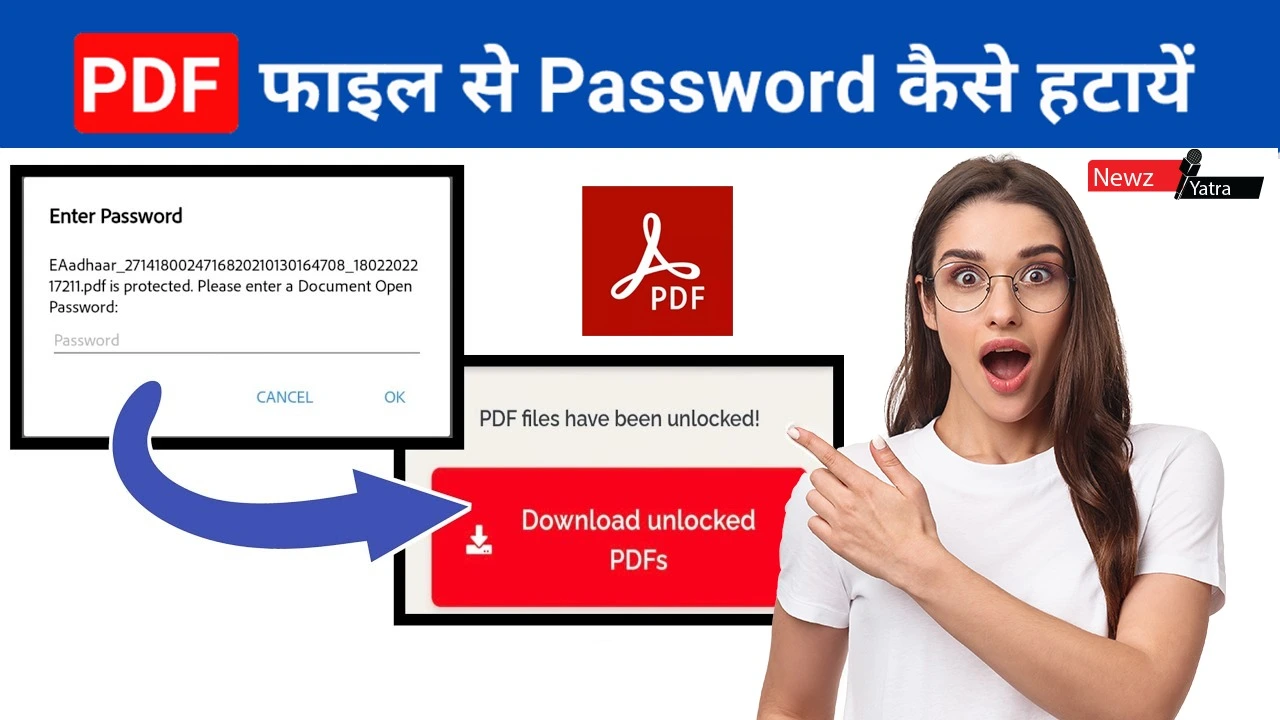How to Use AI to Reduce Work Stress in 2025: Your Smart Digital Ally!
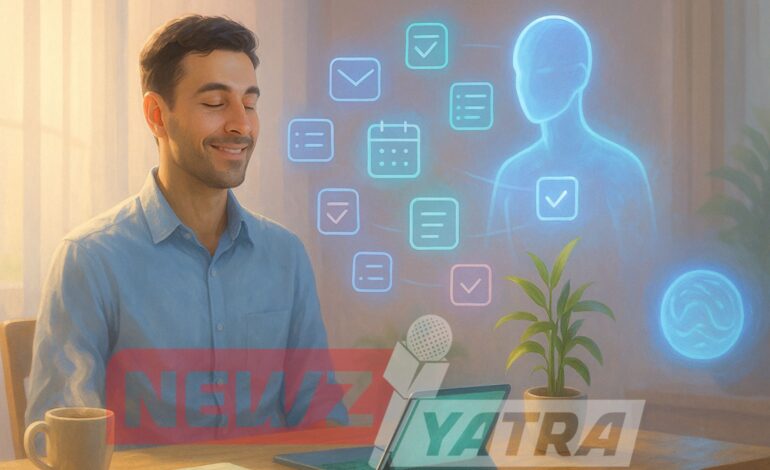
In today’s fast-paced work culture, stress has become the norm rather than the exception. With overflowing inboxes, relentless deadlines, back-to-back meetings, and constant multitasking, it’s easy to feel like you’re always playing catch-up. But here’s the silver lining: Artificial Intelligence (AI) is no longer just hype — it’s becoming a practical ally in managing modern work stress.
As we move through 2025, AI is transforming the way we work. From automating tedious tasks to helping us focus better and even supporting our mental well-being, AI is enabling professionals to work smarter, reduce burnout, and restore a healthier work-life balance. (how to use AI for work stress)
Here’s how you can start using AI to make your workday calmer, more focused, and a lot less stressful.
How to Use AI to Reduce Work Stress and Reclaim Your Focus in 2025! (how to use AI for work stress)
1. Automate Repetitive Tasks to Free Up Mental Space (how to use AI for work stress)
Ever feel like your day gets swallowed by mindless, repetitive work? Tasks like drafting emails, creating reports, scheduling meetings, or organizing your to-do list can quietly drain your energy and attention.
This is where AI shines.
Tools like ChatGPT, Notion AI, Jasper, and Grammarly can handle many of these small but time-consuming tasks for you. Here’s how: (how to use AI for work stress)
- Generate first drafts for emails, blog posts, proposals, and presentations
- Summarize long meeting transcripts into digestible action points
- Automatically organize and prioritize your to-do list
- Instantly check grammar, spelling, and tone before you hit “Send”
2. Use AI-Powered Time Management to Protect Your Focus (how to use AI for work stress)
Disorganized schedules and back-to-back meetings can wreak havoc on your concentration — and your stress levels. AI-powered calendar tools like Motion, Clockwise, and Reclaim AI are game-changers for time management. These tools automatically reschedule meetings to protect your focus hours, cluster similar tasks based on your energy levels, and even alert you when your day starts to look overcrowded. The result? Fewer context switches, more time for deep work, and a feeling of control over your day instead of chaos.
3. Lean on AI Wellness Apps — Mental Support, On Demand (how to use AI for work stress)
Work stress isn’t always about deadlines — sometimes, it’s about how you’re feeling. AI wellness apps offer support that’s private, always available, and surprisingly effective. Tools like Wysa, an AI chatbot based on Cognitive Behavioral Therapy (CBT), Youper for emotional tracking, and Mindsera for mindset coaching and journaling, help you tune into your emotions. They offer features like mood tracking, breathing exercises, journaling prompts, and mental clarity tools during anxious moments. With these digital wellness companions, you get emotional check-ins when you need them most, without waiting for an appointment.
4. Control Notification Overload and Inbox Anxiety (how to use AI for work stress)
Notifications are the new workplace noise pollution. From emails to Slack messages to project management pings — it’s easy to feel constantly interrupted. AI can now help filter and prioritize. Tools like Superhuman AI sort your emails so the most important ones rise to the top, while focus-enhancing apps can silence low-priority alerts during work sprints. Some even summarize long message threads, so you don’t have to read through every reply. That means less cognitive clutter, more calm, and your inbox working for you — not against you.
5. Make Smarter Decisions, Faster (how to use AI for work stress)
Decision fatigue is real — and it’s stressful. Whether you’re comparing project ideas, building reports, or preparing a presentation, AI tools can dramatically cut down the time (and stress) it takes to reach clarity. For example, Excel’s AI Copilot can generate data insights, dashboards, or complex formulas in seconds. ChatGPT can help you weigh pros and cons or brainstorm strategy ideas. And AI-powered design tools like Tome or Canva’s Magic Design can auto-generate presentations that look polished and professional. When AI helps with decision-making, you gain mental space and momentum — not overwhelm.
6. Collaborate More Smoothly With AI Assistance (how to use AI for work stress)
Miscommunication and unclear expectations are some of the biggest stress triggers in team environments. Luckily, AI is now woven into collaboration tools to make teamwork easier. Platforms like Slack AI, Zoom AI Companion, and Miro Assist can automatically summarize calls, track action items, and even translate or clarify confusing instructions. This means less time chasing updates or re-explaining tasks — and more time actually getting things done. AI helps ensure everyone stays aligned, without the drama.
Bonus: Let AI Be Your Digital Twin for Micro-Tasks (how to use AI for work stress)
Imagine having a personal assistant that knows your work style and preferences. Many professionals are now building their own “AI twin” — a custom setup of tools and prompts that handles everyday micro-tasks. This could mean creating a library of personal ChatGPT prompts, using AI to draft replies to repetitive DMs, or relying on a voice assistant to book cabs, take notes, or manage your calendar. Offloading these small but frequent tasks reduces mental switching, giving you more time to focus on what really matters.
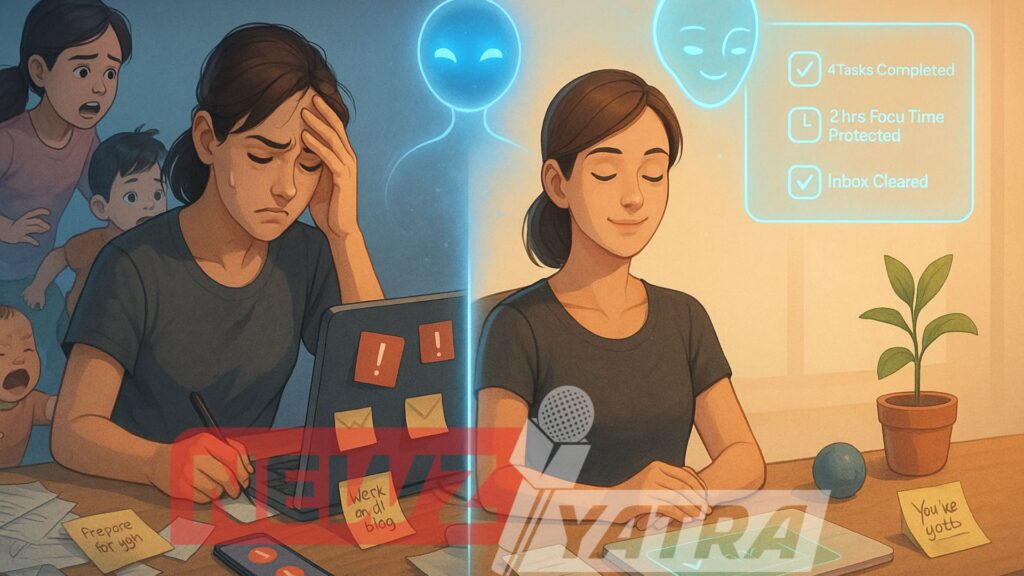
But Wait — Don’t Let AI Become Another Source of Stress (how to use AI for work stress)
While AI can be a powerful ally in reducing work-related stress, it’s important to use it mindfully. Like any tool, how you use it determines whether it becomes helpful — or overwhelming.
Here are a few important reminders:
- Use AI to support, not replace, your thinking. Let it help with structure, ideas, or repetitive tasks — but keep the human touch for creativity, empathy, and decision-making.
- Set healthy boundaries. Just because AI can run 24/7 doesn’t mean you should. Automate wisely, but protect your downtime and disconnect when needed.
- Take it one tool at a time. There are hundreds of AI apps out there, but you don’t need to master them all at once. Start small, experiment, and integrate only what truly adds value.
By staying intentional, AI can help you work smarter without adding more noise to your day
Recommended AI Tools by Category (how to use AI for work stress)
If you’re ready to start using AI to reduce stress but don’t know where to begin, here’s a categorized list of tried-and-tested tools to help you work smarter — not harder.
Writing & Content Creation (how to use AI for work stress)
Boost creativity, improve clarity, and speed up your writing tasks.
- ChatGPT – For brainstorming, drafting, editing, and idea generation
- Jasper – AI copywriting for marketing content, ads, and blogs
- Grammarly – Real-time grammar, tone, and clarity suggestions
Time Management & Focus (how to use AI for work stress)
Take control of your calendar and protect your deep work hours.
- Clockwise – Automatically schedules focus time around meetings
- Motion – Prioritizes tasks, schedules your day, and auto-reschedules meetings
- Reclaim AI – Smart calendar that adapts to your habits and energy levels
Mental Wellness & Emotional Support (how to use AI for work stress)
Check in with your emotions and manage stress in real-time.
- Wysa – AI chatbot for CBT-based therapy and support
- Mindsera – AI journaling, mindset coaching, and daily reflection
- Youper – Emotional health assistant for mood tracking and self-care
Collaboration & Communication (how to use AI for work stress)
Improve teamwork, reduce friction, and simplify communication.
- Zoom AI Companion – Summarizes meetings, tracks action items, and transcribes calls
- Slack AI – Recaps threads, highlights key messages, and drafts responses
Inbox & Notification Management (how to use AI for work stress)
Cut through the noise and avoid inbox overwhelm.
- Superhuman AI – Prioritizes emails and speeds up your email workflow
- SaneBox – Filters and organizes emails to reduce distraction
Stress Less, Achieve More — Let AI Lighten the Load (how to use AI for work stress)
The future of work doesn’t have to feel like a never-ending grind. With the right AI tools by your side, you can reclaim focus, protect your mental space, and bring calm back to your chaotic workday. Whether you’re streamlining your inbox, planning your schedule, or checking in with your emotions — every small AI-powered shift adds up to a less stressful, more intentional way to work. (how to use AI for work stress)
Remember: AI isn’t here to replace your brilliance — it’s here to give it more room to breathe. So take a breath, explore what fits your flow, and start letting technology do the heavy lifting — so you can do your best work, with less stress.
Here’s to working smarter, not harder — and finally finding balance in 2025.
Ready to Work Smarter, Not Harder?
Start small — pick one AI tool from this guide and try it out this week. Whether it’s blocking focus time, drafting emails faster, or calming your mind with a wellness app, every step counts toward a less stressful workday. (how to use AI for work stress)
💬 Have a favorite AI tool that’s helped you reduce stress? Share it in the comments — your tip might help someone else breathe easier.
📥 Want more stress-reducing strategies and smart AI tips? Subscribe to our newsletter and get insights delivered right to your inbox.
Let AI be your calm in the chaos. The future of stress-free work starts now.
Solar Gadgets That Save You Money in 2025!
FAQs – Using AI to Reduce Work Stress
1. How exactly does AI help reduce work stress?
AI helps by automating repetitive tasks, managing schedules more intelligently, organizing communication, and even providing mental wellness support. This means less overwhelm, more focus, and reduced decision fatigue throughout your day.
2. Is AI difficult to learn or use for stress relief?
Not at all. Most modern AI tools (like ChatGPT, Wysa, or Clockwise) are built with user-friendly interfaces. You can start with simple use-cases — like summarizing emails or organizing tasks — and gradually explore deeper features.
3. Can AI help with emotional burnout or just task overload?
Yes, AI-powered wellness apps like Wysa, Mindsera, and Youper are designed to support mental health. They offer mood tracking, therapy-based conversations, journaling prompts, and calming techniques — helping you manage emotional exhaustion too.
4. Which AI tools are best for time and task management?
Some top tools in 2025 include:
- Motion – Automatically schedules your day based on task priority
- Clockwise – Protects your focus hours from unnecessary meetings
- Reclaim AI – Syncs with your calendar and habits to optimize time
5. Will using AI at work make me dependent on technology?
Not if you use it mindfully. AI is a support system, not a replacement. It enhances your productivity by freeing up mental space — so you can focus on high-value thinking, creativity, and strategic decisions.
6. How can AI help me handle constant notifications and email overload?
AI tools like Superhuman AI or SaneBox filter your inbox, prioritize important emails, and even write smart replies. Some apps can silence low-priority notifications during your focus time to keep distractions at bay.
7. Is it safe to use AI wellness apps for mental health?
Yes, most popular AI wellness apps use secure, private protocols and don’t store sensitive user data without permission. They’re ideal for daily check-ins, anxiety support, and non-critical mental health help — though they’re not substitutes for licensed therapists.
